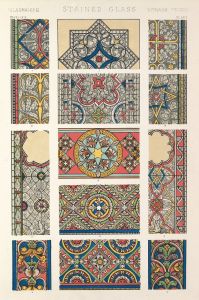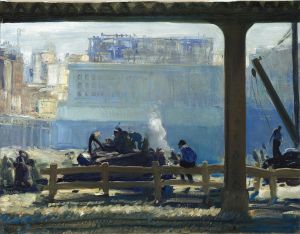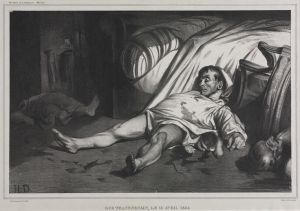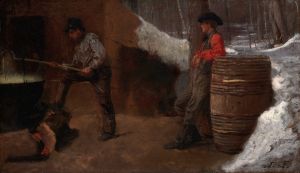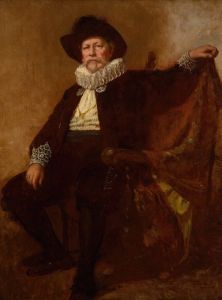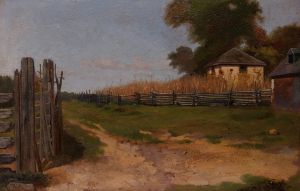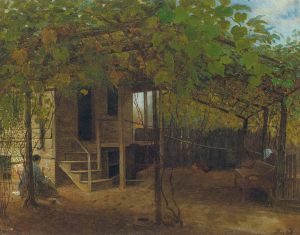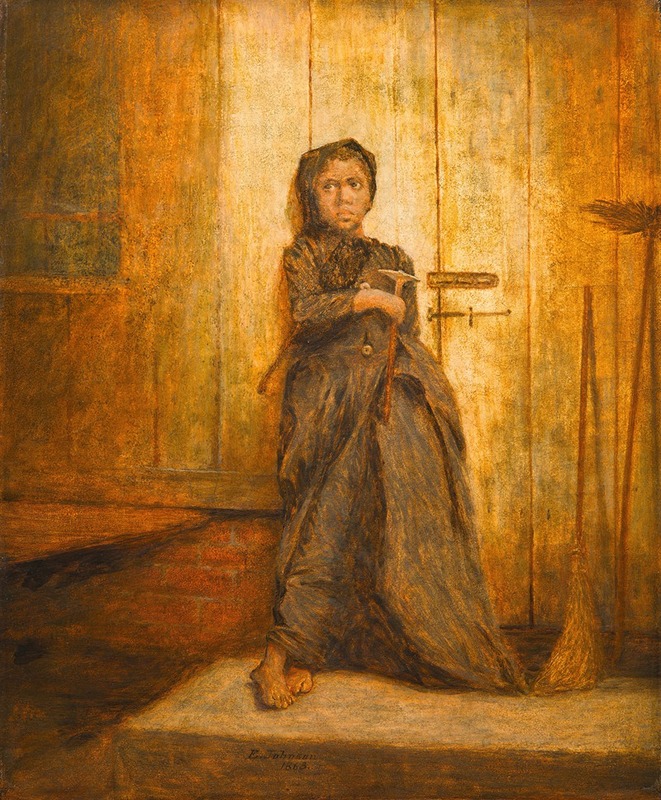
The Young Sweep
A hand-painted replica of Eastman Johnson’s masterpiece The Young Sweep, meticulously crafted by professional artists to capture the true essence of the original. Each piece is created with museum-quality canvas and rare mineral pigments, carefully painted by experienced artists with delicate brushstrokes and rich, layered colors to perfectly recreate the texture of the original artwork. Unlike machine-printed reproductions, this hand-painted version brings the painting to life, infused with the artist’s emotions and skill in every stroke. Whether for personal collection or home decoration, it instantly elevates the artistic atmosphere of any space.
"The Young Sweep" is a painting by the American artist Eastman Johnson, created in 1863. Eastman Johnson, known for his genre paintings and portraits, was a significant figure in 19th-century American art. He co-founded the Metropolitan Museum of Art in New York City and was a member of the National Academy of Design.
This particular painting, "The Young Sweep," is an example of Johnson's interest in depicting everyday life and the social realities of his time. The work portrays a young boy, presumably a chimney sweep, which was a common occupation for children during the 19th century. Chimney sweeps were often young boys due to their small size, which allowed them to climb inside narrow chimneys to clean them. This occupation was notoriously dangerous and poorly paid, reflecting the harsh conditions faced by many working-class children during this period.
In "The Young Sweep," Johnson captures the boy in a moment of rest or contemplation, providing a glimpse into the life of a child laborer. The painting is noted for its realistic portrayal and the empathetic approach Johnson takes towards his subject. The boy is depicted with a somber expression, his clothes worn and dirty, which underscores the difficult circumstances of his life. Johnson's use of light and shadow adds depth to the painting, highlighting the boy's face and creating a poignant contrast with the darker background.
Eastman Johnson's work often focused on themes of social justice and the human condition, and "The Young Sweep" is no exception. By choosing to depict a chimney sweep, Johnson draws attention to the issue of child labor, which was a significant social concern during the 19th century. His painting invites viewers to consider the lives of those who were often overlooked by society.
Johnson's technique in "The Young Sweep" is characteristic of his broader body of work, which combines elements of realism with a keen attention to detail. His ability to convey emotion and narrative through his paintings has earned him a lasting place in American art history. "The Young Sweep" is an example of how art can serve as a powerful commentary on social issues, using the medium of painting to evoke empathy and awareness.
Today, Eastman Johnson's works, including "The Young Sweep," are held in various public and private collections, appreciated for their historical significance and artistic merit. Johnson's contribution to American art lies in his ability to capture the essence of his time, providing insight into the lives of individuals and the broader societal context in which they lived.





